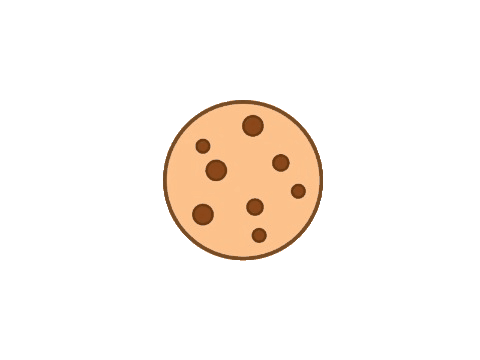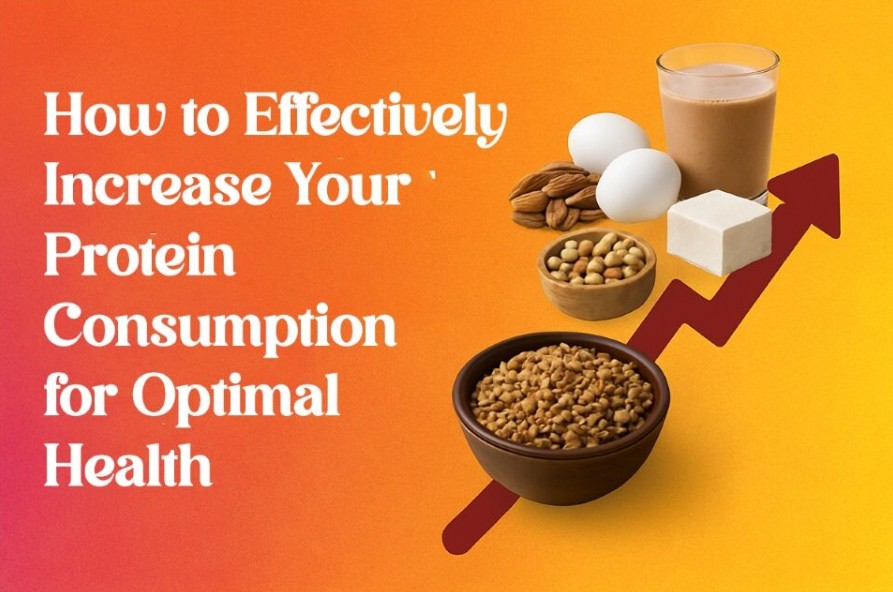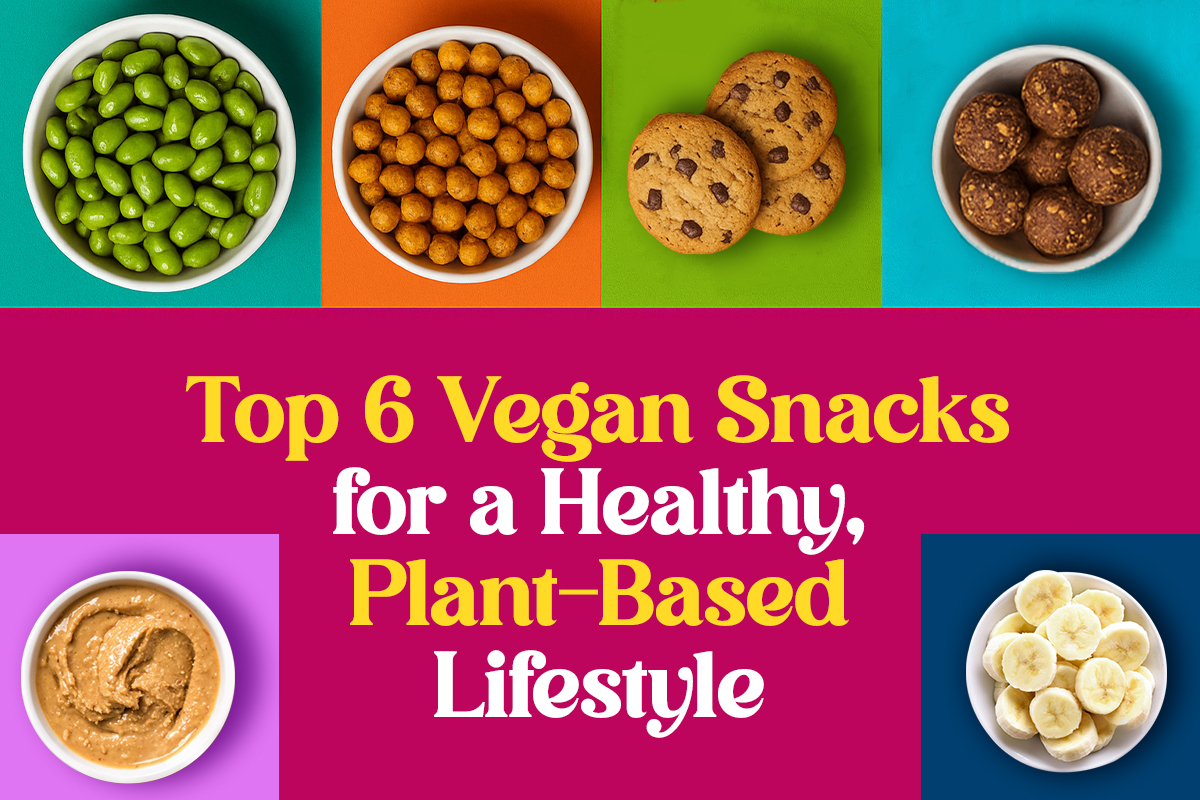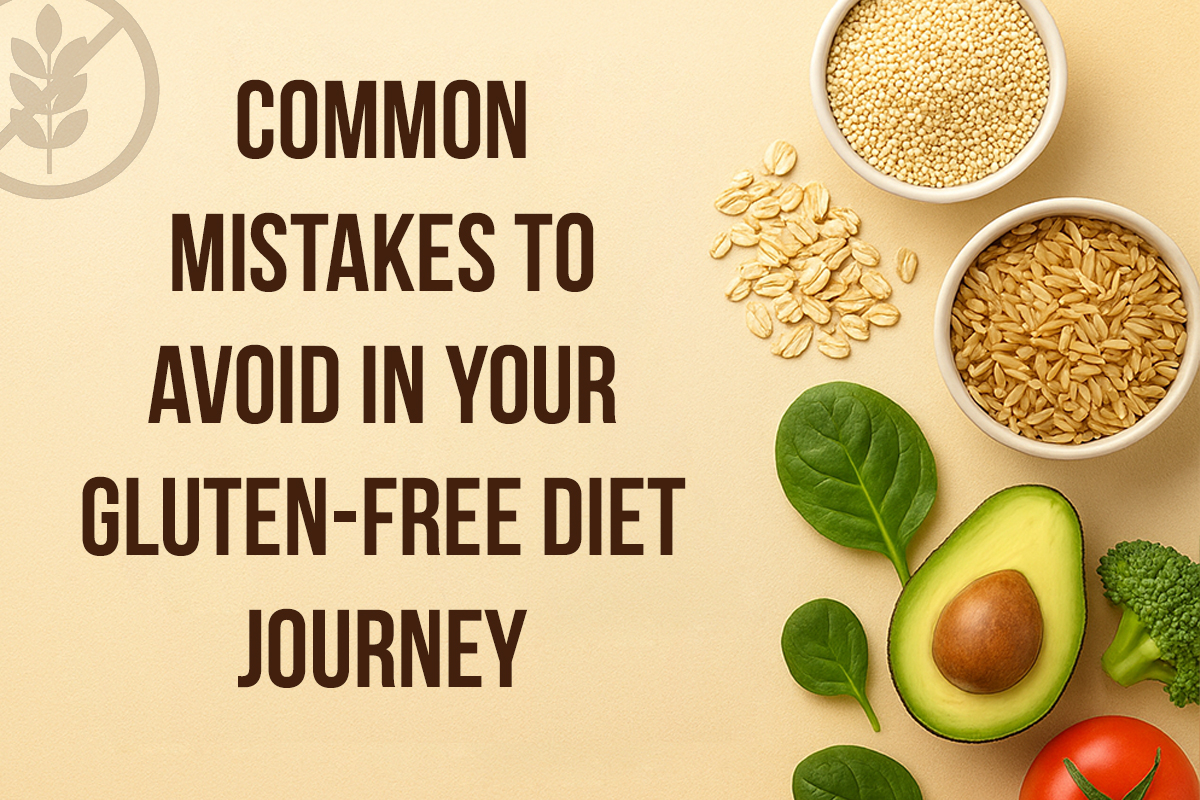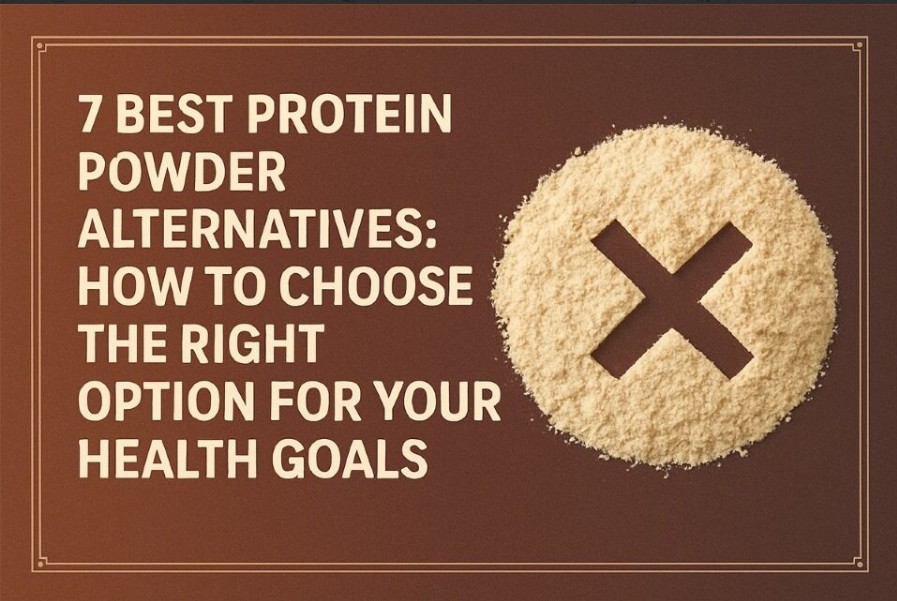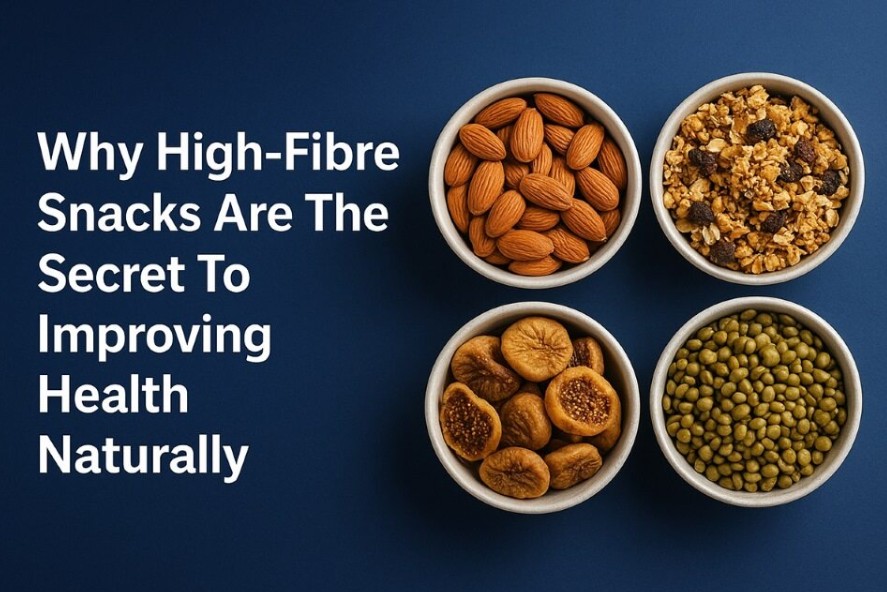Did you know?
The human body has over 100,000 different proteins. The lifespan of most proteins totals two days or less. (Source: GenomicsEducation). Amazing, isn’t it?
Protein is essential for many bodily functions, like healing tissues, carrying oxygen, forming cells, providing energy, and more. Health experts recommend including protein in every meal throughout the day. However, busy lifestyles often cause people to miss their daily protein goals. But don’t worry! In this blog, we’ve compiled the best ways to add protein to your daily diet for optimal health and overall well-being. So, let’s jump in!
Understanding Protein Requirements: How Much Should We Be Eating Daily?
It is important to include adequate protein in your daily diet. The recommended protein intake depends on various factors like age, gender and activity level. However, the general recommendation is 0.8 gms per kg of body weight- so a healthy individual must aim for approx. 50 gms of protein per day for optimal health.
Proper planning is essential to meet your protein goals. Aim to consume 15 to 20 gms of protein in every meal and 10 gms in every snack. So, what are you waiting for? Add more protein to your diet – your muscles will thank you!
1.Include Protein In Every Meal
The best way to start your morning is with a high-protein breakfast. Protein helps stabilize blood sugar levels, supports muscle repair and growth, and keeps you fuller for longer. Hence, it is important to include protein in every meal.
Examples of a high-protein breakfast include peanut butter banana smoothie, spinach and feta omelette, cottage cheese bowl, Crunchbury’s protein balls, vegan breakfast burrito, and more.
2. Add Legumes To Your Diet
Legumes are the richest source of plant-based protein and fibre. They are also rich in nutrients like iron, folate, calcium, potassium, phosphorus and zinc. Consuming legumes on a regular basis helps lower BP and blood sugar levels. A few of the healthiest legume options are chickpeas, lentils, peas, kidney beans and soya beans. For instance, only 100 grams of boiled lentils provide around 9 grams of protein, making them a powerful plant-based source of nutrition.
3. Replace Cereal With Protein
Most traditional breakfast options are low in protein, which can lead to early hunger and energy crashes. To stay fuller for longer, replace them with protein-rich foods like oats, besan (gram flour), eggs, and yogurt. For instance, one cup of cooked oats provides around 6 grams of protein. Try nutritious breakfast choices such as an omelette, Greek yogurt parfait, tofu bhurji, or paneer-stuffed moong dal chilla – these are rich in both fibre and protein, keeping you full until your next meal.
4. Consume Nuts And Seeds
Nuts and seeds are the best sources of plant protein. The richest sources are – pistachios and almonds. 100 gm of either provides around 20 gms of protein. You can use creatively in your recipes: sprinkle on salads, oats, yogurt or smoothies. You can also blend them into nut butter for a delicious protein boost.
5. Choose Greek Yogurt
Greek yogurt improves bone health, reduces hunger and benefits gut health. It is a versatile food which can be used in both sweet and savoury dishes. Add it to your dips, soups or curries to make them protein-rich. 100 gms of Greek yogurt provides around 10 gms of protein and is lower in carbs compared to regular yogurt.
6. Add Edamame To Your Snack List
Edamame is a low-calorie, high-fibre and high-protein snack – popular among vegetarians and vegans. Edamame are immature soybeans that are super-healthy and offer a range of health benefits. 100 gms of edamame provides about 11 gms of protein. You can steam or boil it and then use it in salads, fried rice, dips, stir-fries or munch on it as a healthy office snack.
Exploring Foods High in Protein
Confused which food are high in protein and which aren’t? Let’s burst this bubble for you. We’ve listed top foods high in protein so it’s easy for you to incorporate those into your diet. Check it out!
- Beans, peas and lentils
- Eggs
- Dairy products
- Seeds and nuts
- Greek yogurt
- Soy products such as tofu and tempeh
- Lean meats and fish
- Whole grains
A Quick Review
Getting adequate protein is essential for every individual. Whether you are looking to manage your weight or build muscle, protein plays an important role in your daily diet. Incorporating a high-protein diet offers several benefits including improved blood sugar regulation, better bone health, effective weight management, enhanced satiety, reduced cravings, and stronger immunity.
For busy individuals, it is always beneficial to keep protein bars, nuts, trail mix, roasted chickpeas, or Crunchbury’s protein energy balls handy. These quick, nutritious options help curb hunger and keep you energetic throughout the day.
So why wait? Fuel your day the smart way — grab your healthy protein snack from Crunchbury now!
FAQs
1.Are protein snacks good for weight loss?
Yes. Protein reduces the craving for sugary food, which can lower your overall calorie intake. High-protein, low-calorie snacks are a great addition to a weight-loss diet plan as they keep you full for a longer period. Protein snacks also prevent blood sugar spikes and support muscle mass maintenance.
2.Are protein snacks good for kids?
Protein snacks are best for children’s growth, muscle growth, immunity, and brain function and keep them full. High-protein snacks keep them energized throughout the day.
3.Where to buy best protein snacks?
Crunchbury is a one-stop destination to buy clean, high-protein snacks with zero preservatives and artificial colors. Visit our website, www.crunchburyin, to explore our extensive range of protein-packed energy pinnis, healthy treats, and cookies.
